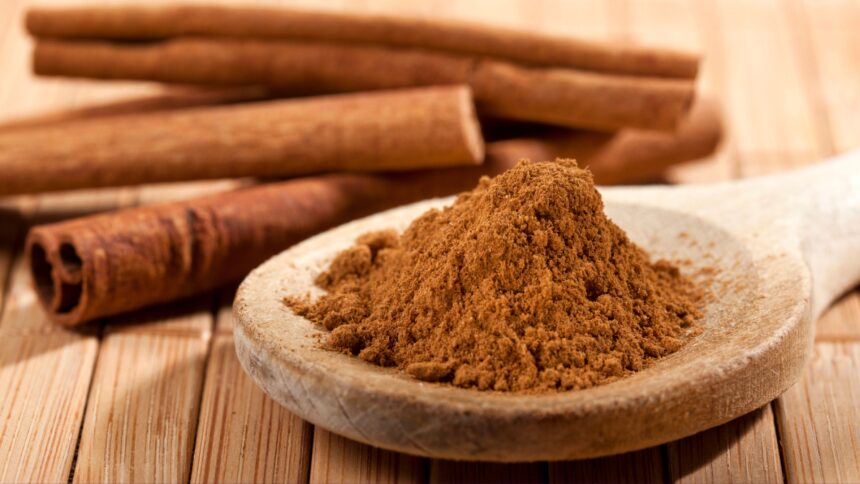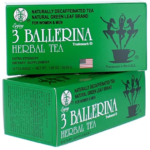As I sit down to enjoy my morning coffee, I can’t help but crave the sweet, sugary treat of a warm cinnamon roll. They always smell so delicious being baked in the shop. But I often wonder – how much will indulging in this pastry set me back calorie-wise? Are cinnamon rolls a rare treat or should they be an everyday breakfast food? Let’s take a look at how many calories are really in a cinnamon roll.
What Makes Up a Cinnamon Roll?
A classic cinnamon roll is made with a yeast dough that is rolled out and then swirled with a cinnamon sugar filling. The rolls are topped with an extra crunchy layer of sugary crystallized cinnamon before being baked to a golden brown. Of course, many restaurants and bakeries get creative with different flavors and toppings as well such as frostings, cream cheese fillings, or dried fruit. But most share similar base ingredients that add to the calorie count.
The dough itself is usually made from all-purpose flour, sugar, milk or butter, eggs, and yeast. This creates a lightly sweet dough that is soft and flaky when baked. The cinnamon sugar filling uses brown sugar and cinnamon for flavor plus butter to hold it all together. Together these ingredients create a roll that is carbohydrate and fat-rich. A single roll can easily clock in at 300-400 calories depending on the size. And a larger “mega cinnamon roll” may approach 600 calories or more.
Calorie Counts Vary Widely
While cinnamon rolls seem like a delightful treat, it’s clear to see how they can add up calorie-wise if eaten too often. A standard, modest-sized cinnamon roll from the grocery store or coffee shop is typically in the 300-350 calorie range. However, portion sizes vary dramatically so the calorie counts do as well. Some fast food restaurants famously feature jumbo cinnamon rolls closer to 500 calories each. And specialty bakeries pride themselves on giant, over-the-top rolls packing 600-800 calories a pop!
It’s also important to note that many mass-produced or fast-food cinnamon rolls are larger in volume than what you’d bake at home. This is partly due to adjustments made to withstand transport and sit out longer. The dough has more fat and sugar added to improve texture. And commercial bakeries load on extra filling, frosting and toppings. All of this translates to a higher calorie product. A basic homemade cinnamon roll you bake yourself will likely come in closer to 200 calories on average versus 300+ at the store.
Additional Calories from Toppings
We can’t forget about the toppings and accompanying items that are often consumed with cinnamon rolls as well. While the rolls themselves are high in calories and carbs, any extras just pile on more. Common additions include cream cheese frosting, powdered sugar glaze or maple frosting. All are loaded with additional sugars and fats. Just one tablespoon of cream cheese frosting easily has 50-70 calories on its own.
Coffee is a classic breakfast pairing but not exactly low calorie. An average 12 ounce cup of coffee with cream and sugar easily tacks on another 100 calories to your morning. And many people enjoy cinnamon rolls with milk which provides another 90-100 calories in an 8 ounce glass. While these pairings may take the edge off your sweet tooth, it’s clear to see how small selections quickly multiply your calorie intake for the morning. Reading nutrition labels and being mindful of ALL components is the best approach.
Are Cinnamon Rolls Worth the Calories?
After reviewing how calorie dense cinnamon rolls can be, one has to wonder – are they worth indulging in? For occasional treats, I’d say yes cinnamon rolls are fine to enjoy. After all, life is about balance and experiencing different flavors. A 300 calorie cinnamon roll once a week or so as a special breakfast out is reasonable for most people. Where issues arise is making cinnamon rolls a daily staple food or eating overly large “mega rolls”. In those scenarios, the calories really mount up unsustainably.
Moderation would be key if seeking to include cinnamon rolls in a regular diet. Look for smaller sizes around 200 calories or less. Opt for basic homemade rolls without excess frosting most of the time. Save the indulgent bakery rolls for special occasions only. Being mindful of portion sizes for both the roll and any sides or drinks helps keep calories in a reasonable range without feeling overly deprived. With some moderation, cinnamon rolls can still be part of a balanced nutrition plan and enjoyed without regret.
In conclusion, while cinnamon rolls taste like a sweet dream, their calorie counts are substantial. A standard bakery or grocery store roll provides 300-400 calories depending on size. Larger “mega rolls” and those from fast food are often 500+ calories each. And don’t forget about the calories from any frostings, drinks or sides consumed alongside. Though high in calories and carbs, cinnamon rolls in moderation as an occasional indulgence are generally fine for most balanced diets. Making them an everyday breakfast or overeating especially large portions could cause unhealthy calorie surges though. With some awareness of portions and frequency, cinnamon rolls can satisfy your sweet tooth without breaking your calorie budget.




